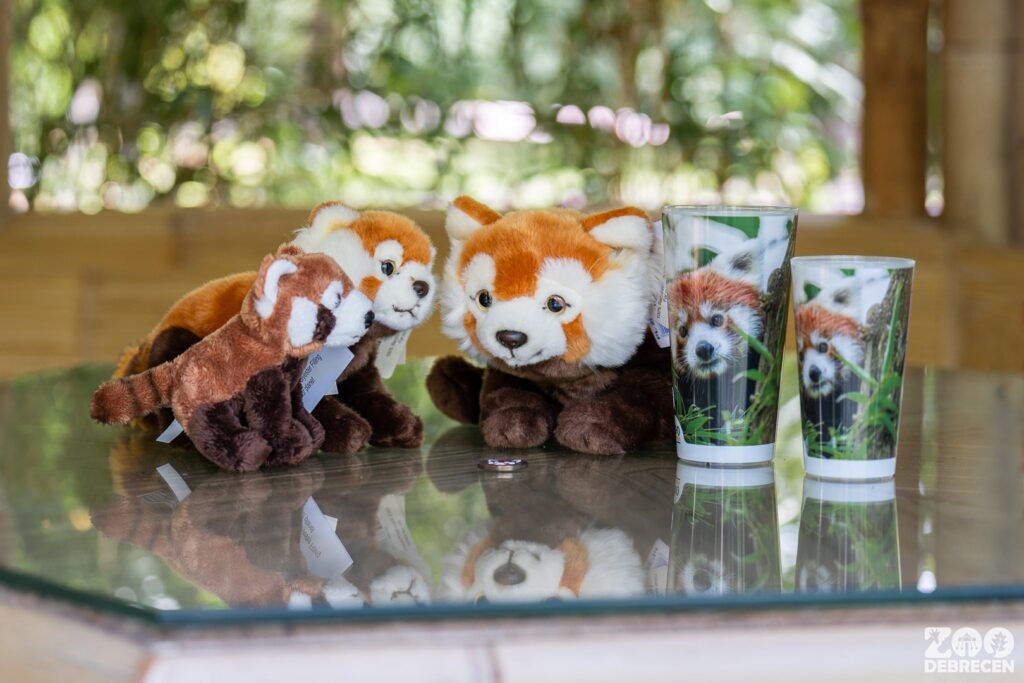Celebrating its 65th anniversary this year, Zoo Debrecen is happy to share news of a long-awaited special new arrival as Maci the female red panda gave birth to her first healthy offspring on June 18.
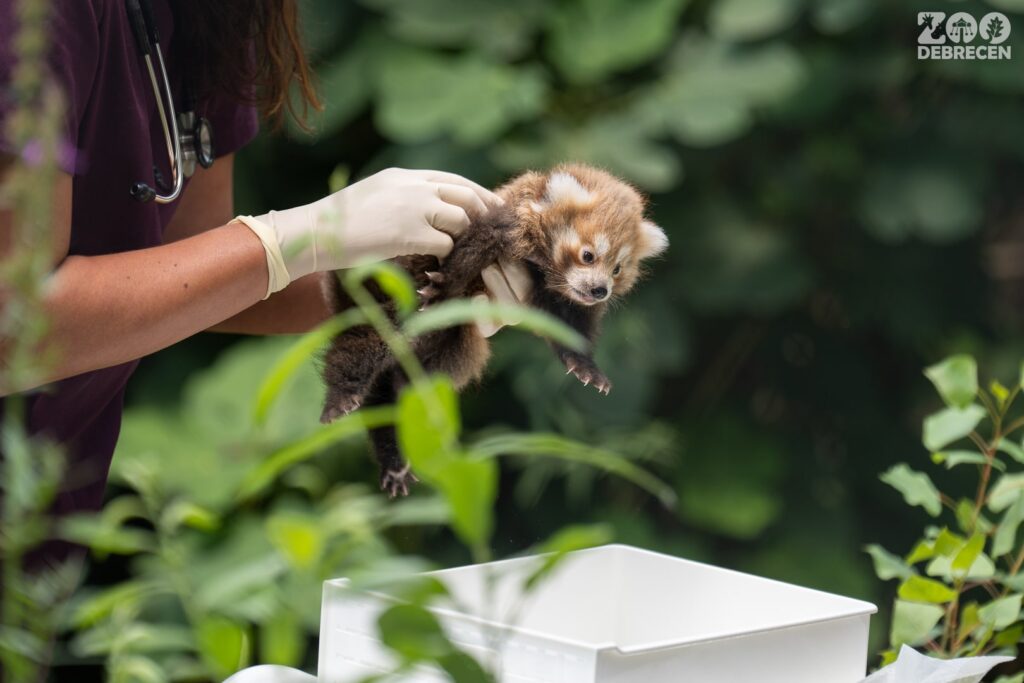
Having just turned five weeks old, the little one is getting bigger and stronger by the day – now weighing 410 grams – thanks to great maternal care and was found out to be a female during her first ever veterinary examination earlier today. Soon to be named with the help of the public, Debrecen’s first red panda cub will soon be seen more and more often in the family enclosure to the great delight of lucky visitors.
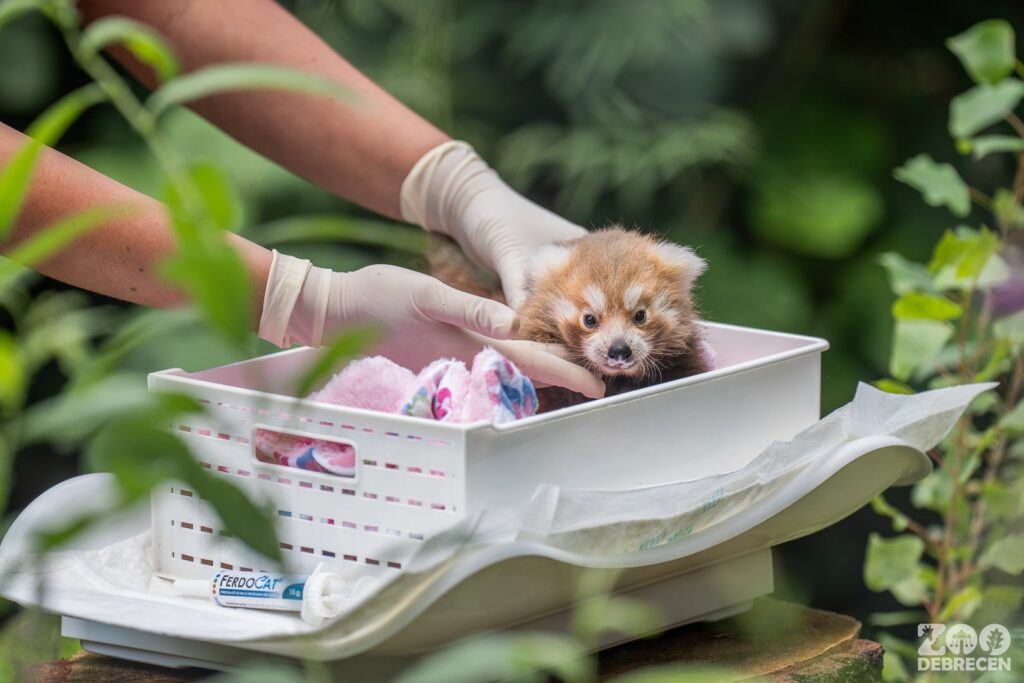
This amazing birth is the result of an exact decade of preparations as constructions of a red panda enclosure at Zoo Debrecen started in 2013, followed by the arrival of a pair of twins named Pici and Maci from Zoo d’Asson (France). As the next step in the international breeding program, a young male called Pandita was transferred in summer 2020 as a suitable mate, and early 2021 saw the departure of Pici for Darjeeling Zoo (India), an institution located in the Southern Himalayas and specialized in reintroductions of native species like red pandas. With this success – Europe’s 80th birth over the past year – achieved in just two years of being home to a breeding pair, Zoo Debrecen is very proud to have contributed to the European insurance population and the survival of this fantastic species as a whole.
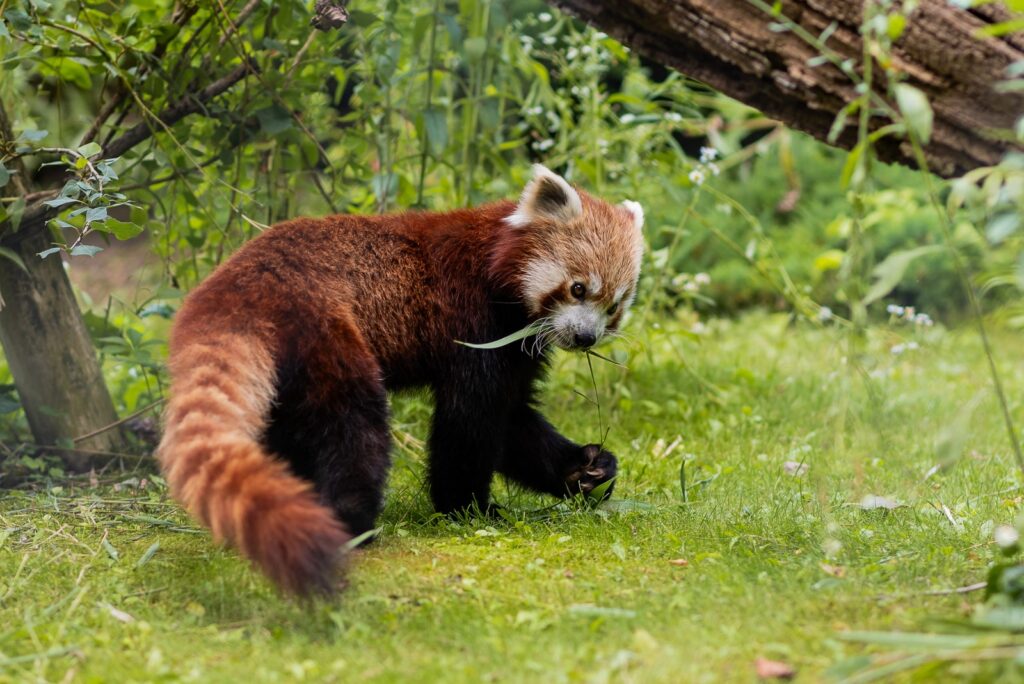
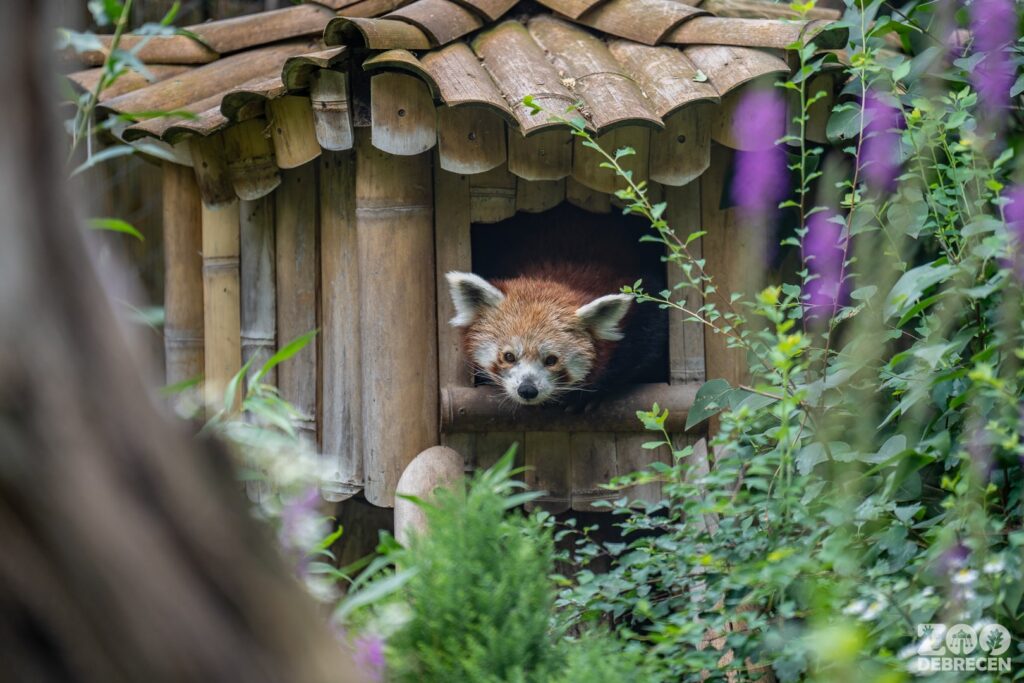
Native to montane forests in the Himalayas, Northern Burma and the Chinese provinces of Sichuan and Yunnan, red or lesser pandas are the only extant members of the family Ailuridae. Their scientific name, Ailurus fulgens standing for “shining red cat,” comes from 19th-century French zoologist Frederic Cuvier, who was absolutely fascinated by their cat-like features and striking coloration. Although carnivores in their taxonomy, red pandas mainly feed on bamboo leaves and shoots, gripping stalks easily with the help of thumb-like extended wrist bones. Due to drastic habitat loss and captures for the illegal trade, their numbers have dwindled to an estimate of 10,000 individuals in the wild, hence their classification as Endangered in the IUCN Red List. Interestingly, the word “panda,” presumably originating from the Nepalese for “bamboo eater,” was originally used for red pandas and was only given to giant pandas later based on similarities in their diet.
